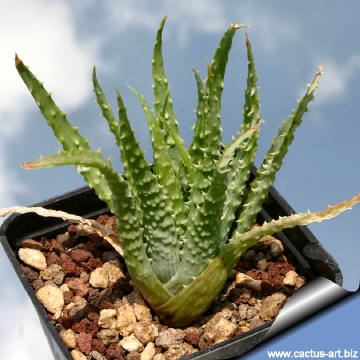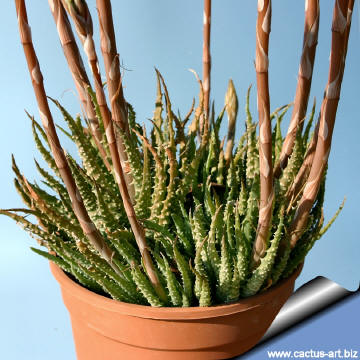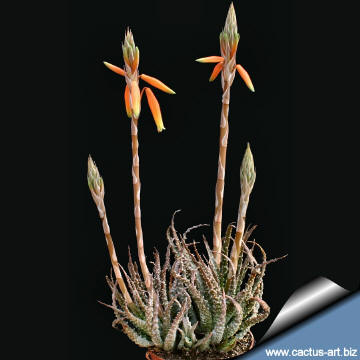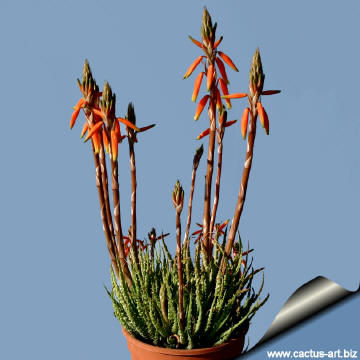-
x
Descrizione
Specie di ridotte dimensioni con fiori spettacolari e coloratissimi prodotti in abbondanza in Marzo-Aprile, e a volte anche più tardi nel corso della stagione. E' una pianta deliziosa che resta sempre piccola e forma densi gruppi di rosette verde-blu. Scientific name: Aloe humilis Mill. Common Names include: Spider Aloe, Blue dwarf aloe, Dwarf hedge-hog Aloe. Origin: South Africa (Western Cape, Eastern Cape) Habitat: Grows in the transitional zone in South Africa between summer and winter rainfall areas - the best area from which succulents come. Etymology: The species name humilis means 'low growing', refering to the plant's growth habit.
| |||
| Description: Aloe humilis is a low growing heavily suckering succulent that forms crowded clusters. This clustering aloe is a wonderful little species that has very large blooms compared to the size of the plant. It is a very variable species that remains small through the entire life cycle . | |||
| Leaves are pale blue-green and are bordered by short translucent white marginal "teeth" and irregularly spaced bumps (tubercules) often arranged in tranverse rows on both the upper and lower surfaces. | |||
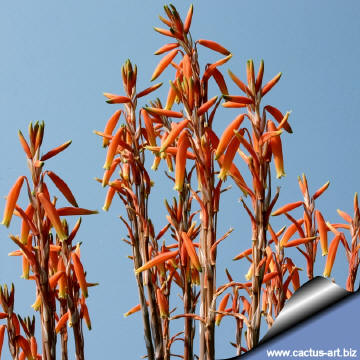 | 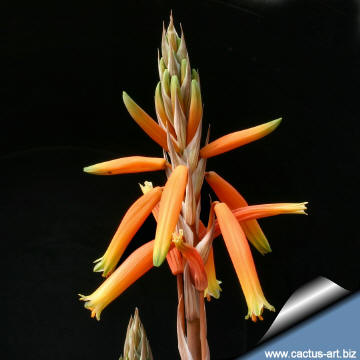 | ||
| |||

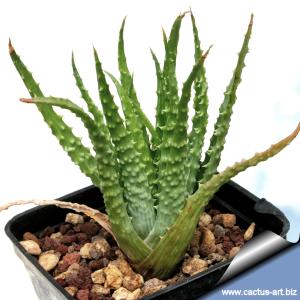
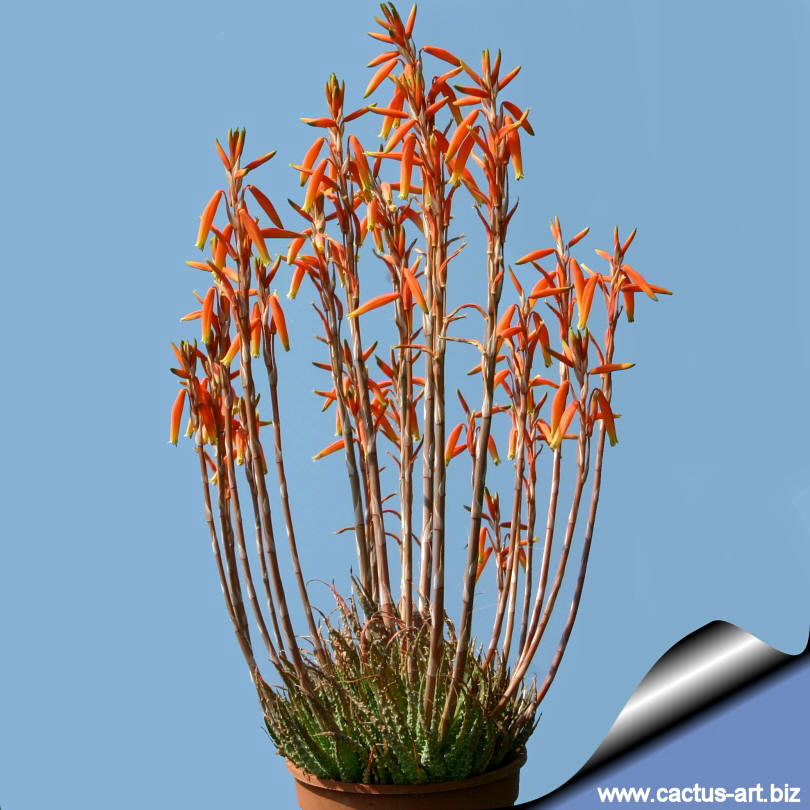 Aloe humilis
Aloe humilis